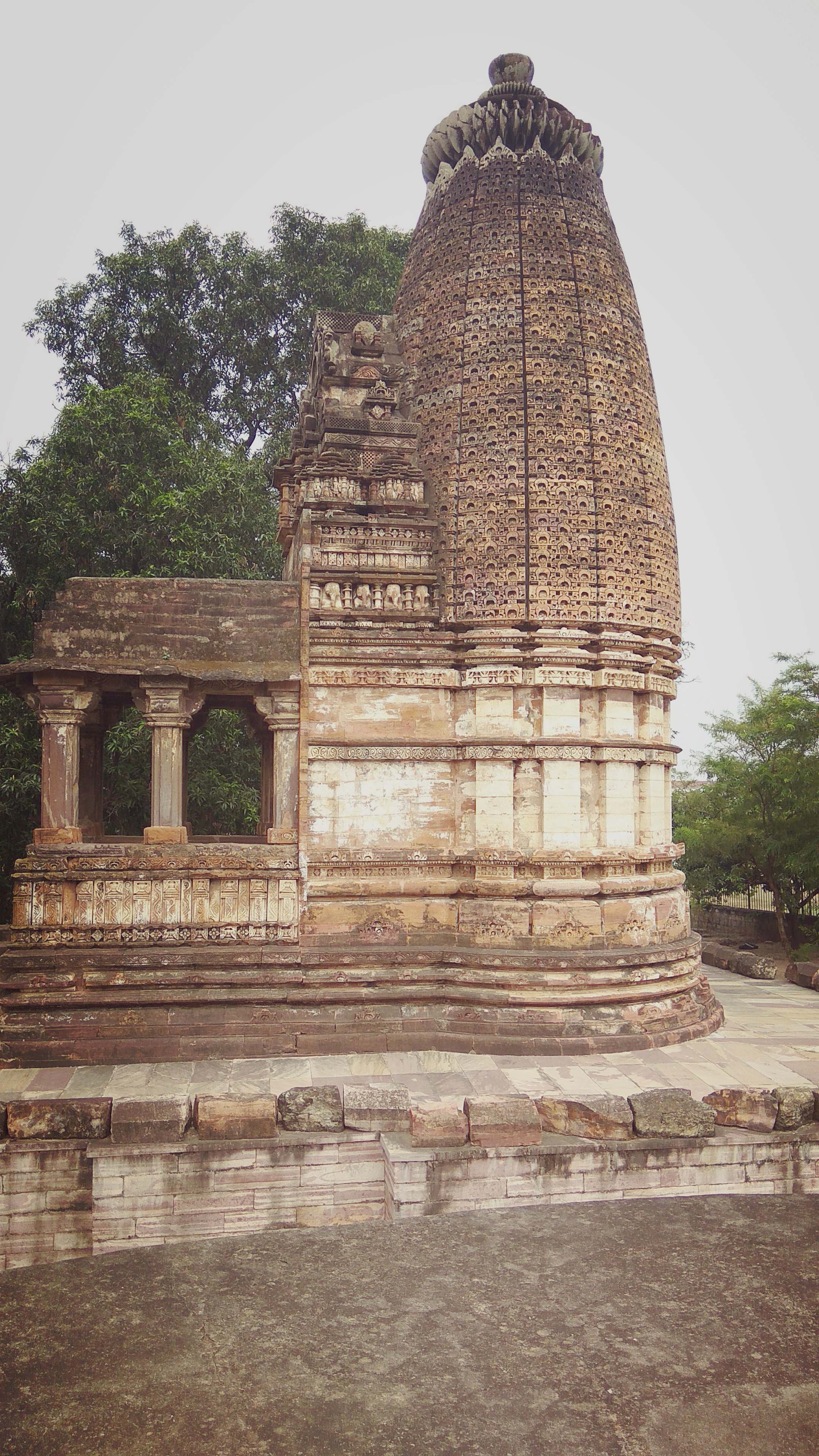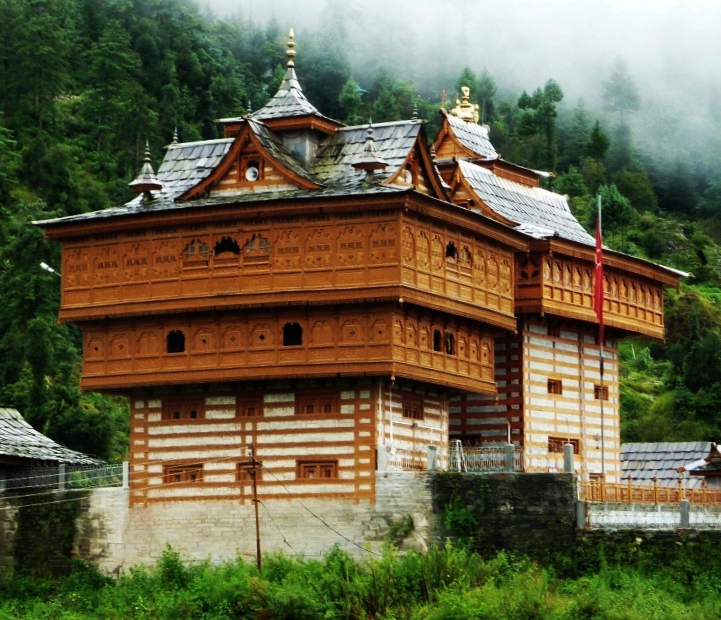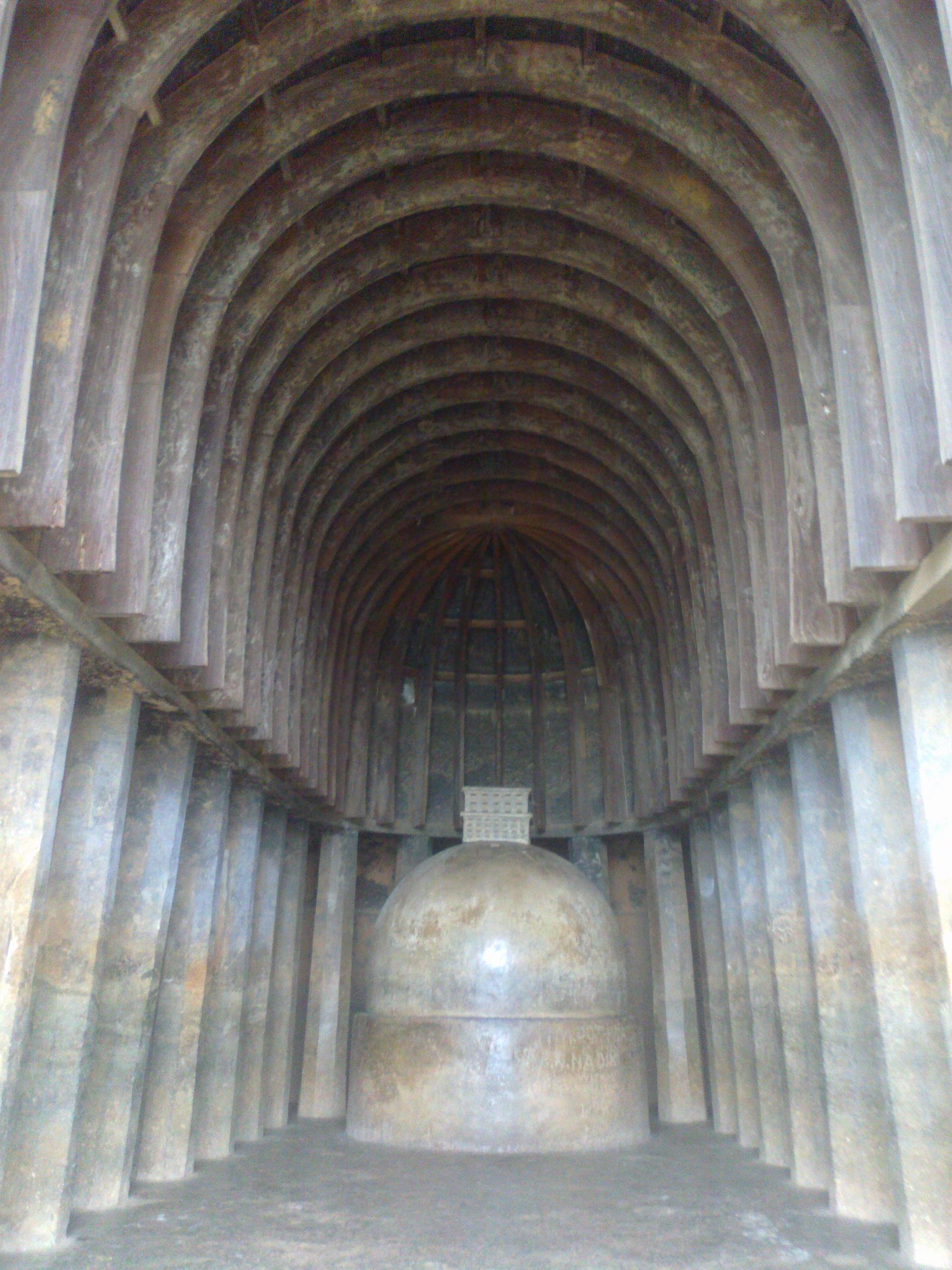|
Chandreh
Chandreh, also spelled Chandrehi or Chandrehe, is a village in Rampur Naikin block of Sidhi district, Madhya Pradesh. Located near the confluence of the Sone River, Son and Banas River (Madhya Pradesh), Banas rivers, it is known for its 10th-century Shiva temple and monastery. As of 2011, Chandreh has a population of 1,823, in 370 households. Geography Chandreh is located 1.6 km east of the confluence of the Sone River, Son and Banas River (Madhya Pradesh), Banas rivers, and about 24 km southwest of Sidhi, the district headquarters. History The earliest evidence of human habitation at Chandreh consists of archaeological from the early and middle Neolithic period. In the 10th century, there was a wave of construction at Chandreh linked to the Shaivism, Shaivite sect known as the Mattamayūra. These include a temple to Shiva, an adjoining monastery (''matha''), and an irrigation tank and a well. An inscription in the monastery identifies it as being built (or comple ... [...More Info...] [...Related Items...] OR: [Wikipedia] [Google] [Baidu] |
Rampur Naikin
Rampur Naikin is a city, municipal headquarters (Nagar Parisad) and a subdistrict of Sidhi district in the Indian States and territories of India, state of Madhya Pradesh. In 2011 Rampur Naikin City had a population of 11,936. The well-known Chandrehshvar Shiva temple, originating in the 10th century, is located here, as are the Panmasa temple, the Lohrunha Nath temple and the Durasin Mata temple. Tourist attractions include the Bhanvarson resort and the Parisili resort. Rampur Naikin connected is jhansi to Ranchi National Highway 39 and Manikpur to Shahdol Madhya Pradesh state highway 9 and other (Rewa-Rampur Naikin via Gaddi)major Highways. The famous dish of RampurNaikin region is Rikmaj kadhi and Gujhiya. References Cities and towns in Sidhi district {{MadhyaPradesh-geo-stub ... [...More Info...] [...Related Items...] OR: [Wikipedia] [Google] [Baidu] |
Sidhi District
Sidhi district () is one of the districts of Madhya Pradesh state of India. The town of Sidhi is the district headquarters. The district is part of Rewa Division. History Rulers of Sidhi In the 1800s, there were three separate rulers of Sidhi, ruling three parts of the territory: * The Chandela rulers from Bardi (Khatai). * The state of Balendubr> rulers ( Chedi Kingdom, Chedi dynasty) was in Madwas. After these came the |
Sidhi
Sidhi is a city and a municipality in Sidhi district in the Indian state of Madhya Pradesh. It is the headquarters of the Sidhi district. Sidhi is also known as the birth place of Birbal . An advisor of the Mughal Emperor Akbar and folk hero. Sidhi is home to a vast number of nature reserves and parks; Sanjay Dubri National Park, (Tiger reserve) Son Ghariyal Sanctuary and the Son-Banas Sangam(River Junction). Situated near Chandreh, Sidhi is a starting point for pilgrims visiting Chandreh's Shiva Temple. The population of Sidhi District is 1,500,000 and the population of Sidhi City is 1,000,000. Sidhi is connected to National Highway No.39; Madhya Pradesh State Highway No.52; and Madhya Pradesh State Highway No.09. Geography Sidhi is located at . It has an average elevation of 272 metres (892 feet) and covers a geographical area of It is a state of Chandela Rajputs who came from Khajuraho. They mainly live in Bardi State and then again divide into a few areas ... [...More Info...] [...Related Items...] OR: [Wikipedia] [Google] [Baidu] |
Shaivism
Shaivism (, , ) is one of the major Hindu denominations, Hindu traditions, which worships Shiva as the Para Brahman, supreme being. It is the Hinduism#Demographics, second-largest Hindu sect after Vaishnavism, constituting about 385 million Hindus, found widely across South Asia (predominantly in South India, Southern India), Sri Lanka, and Nepal.Keay, p.xxvii. The followers of Shaivism are called Shaivas or Shaivites. According to Chakravarti, Shaivism developed as an amalgam of pre-Aryan religions and traditions, Vedic Rudra, and post-Vedic traditions, accommodating local traditions and Yoga, puja and bhakti. According to Bisschop, early shaivism is rooted in the worship of vedic deity Rudra. The earliest evidence for sectarian Rudra-Shiva worship appears with the Pasupata (early CE), possibly owing to the Origins of Hinduism, Hindu synthesis, when many local traditions were aligned with the Brahmanism, Vedic-Brahmanical fold. The Pāśupata movement rapidly expanded through ... [...More Info...] [...Related Items...] OR: [Wikipedia] [Google] [Baidu] |
Indian Vernacular Architecture
Indian vernacular architecture the informal, functional architecture of structures, often in rural areas of India, built of local materials and designed to meet the needs of the local people. The builders of these structures are unschooled in formal architectural design and their work reflects the rich diversity of India's climate, locally available building materials, and the intricate variations in local social customs and craftsmanship. It has been estimated that worldwide close to 90% of all building is vernacular, meaning that it is for daily use for ordinary, local people and built by local craftsmen. The term vernacular architecture in general refers to the informal building of structures through traditional building methods by local builders without using the services of a professional architect. It is the most widespread form of building. In India there are numerous traditional regional styles, although there is much in common in the styles of the Hindi belt in the nor ... [...More Info...] [...Related Items...] OR: [Wikipedia] [Google] [Baidu] |
Gavaksha
In Indian architecture, gavaksha or chandrashala (''kudu'' in Tamil, also nāsī) are the terms most often used to describe the motif centred on an ogee, circular or horseshoe arch that decorates many examples of Indian rock-cut architecture and later Indian structural temples and other buildings. In its original form, the arch is shaped like the cross-section of a barrel vault. It is called a chaitya arch when used on the facade of a chaitya hall, around the single large window. In later forms it develops well beyond this type, and becomes a very flexible unit, "the most common motif of Hindu temple architecture". ''Gavākṣha'' (or gavaksa) is a Sanskrit word which means "bull's or cow's eye". In Hindu temples, their role is envisioned as symbolically radiating the light and splendour of the central icon in its sanctum. Alternatively, they are described as providing a window for the deity to gaze out into the world. Like the whole of the classic chaitya, the form originated i ... [...More Info...] [...Related Items...] OR: [Wikipedia] [Google] [Baidu] |
Shikhara
''Shikhara'' (IAST: '), a Sanskrit word translating literally to "mountain peak", refers to the rising tower in the Hindu temple architecture of North India, and also often used in Jain temples. A ''shikhara'' over the ''garbhagriha'' chamber where the presiding deity is enshrined is the most prominent and visible part of a Hindu temple of North India. In South India, the equivalent term is Vimana (architectural feature), ''vimana''; unlike the ''shikhara'', this refers to the whole building, including the sanctum beneath. In the south, ''shikhara'' is a term for the top stage of the vimana only, which is usually a dome capped with a finial; this article is concerned with the northern form. The southern ''vimana'' is not to be confused with the elaborate gateway-towers of south Indian temples, called ''gopuram'', which are often taller and more prominent features in large temples. It is argued that stylistic aspects seen on Buddhist architecture like the ''stupa'' may have bee ... [...More Info...] [...Related Items...] OR: [Wikipedia] [Google] [Baidu] |
Chaitya
A chaitya, chaitya hall, chaitya-griha, (Sanskrit:''Caitya''; Pāli: ''Cetiya'') refers to a shrine, sanctuary, temple or prayer hall in Indian religions. The term is most common in Buddhism, where it refers to a space with a stupa and a rounded apse at the end opposite the entrance, and a high roof with a rounded profile. Strictly speaking, the chaitya is the stupa itself, and the Indian buildings are chaitya halls, but this distinction is often not observed. Outside India, the term is used by Buddhists for local styles of small stupa-like monuments in Nepal, Cambodia, Indonesia and elsewhere. In Thailand a stupa itself, not a stupa hall, is called a chedi, a local Thai word derived from the Pali Cetiya. In the historical texts of Jainism and Hinduism, including those relating to architecture, ''chaitya'' refers to a temple, sanctuary or any sacred monument. Most early examples of chaitya that survive are Indian rock-cut architecture. Scholars agree that the standard form follo ... [...More Info...] [...Related Items...] OR: [Wikipedia] [Google] [Baidu] |
Sandstone
Sandstone is a Clastic rock#Sedimentary clastic rocks, clastic sedimentary rock composed mainly of grain size, sand-sized (0.0625 to 2 mm) silicate mineral, silicate grains, Cementation (geology), cemented together by another mineral. Sandstones comprise about 20–25% of all sedimentary rocks. Most sandstone is composed of quartz or feldspar, because they are the most resistant minerals to the weathering processes at the Earth's surface. Like uncemented sand, sandstone may be imparted any color by impurities within the minerals, but the most common colors are tan, brown, yellow, red, grey, pink, white, and black. Because sandstone beds can form highly visible cliffs and other topography, topographic features, certain colors of sandstone have become strongly identified with certain regions, such as the red rock deserts of Arches National Park and other areas of the Southwestern United States, American Southwest. Rock formations composed of sandstone usually allow the p ... [...More Info...] [...Related Items...] OR: [Wikipedia] [Google] [Baidu] |
Irrigation Tank
An irrigation tank or tank is an artificial reservoir of any size. In countries like Sri Lanka and India they are part of historic methods of Rainwater harvesting, harvesting and preserving rainwater, critical in regions without Perennial water, perennial water resources. A tank is often an Water bund, earthen bund (embankment or levee) constructed across a long slope to collect and store surface water from the above Drainage basin, catchment and by taking advantage of local topography. The water would be used primarily for agriculture and drinking water, but also for bathing and rituals. The word tank is the English language substitute for several vernacular terms. Tank irrigation, or reservoir irrigation, utilizes tanks and connected sluices and channels to direct water to the crops. This surface irrigation method can be used to grow crops like rice. Tank irrigation in Thailand is a newer method of irrigation as compared to peninsular India. Similar small-scale reservoir based i ... [...More Info...] [...Related Items...] OR: [Wikipedia] [Google] [Baidu] |






